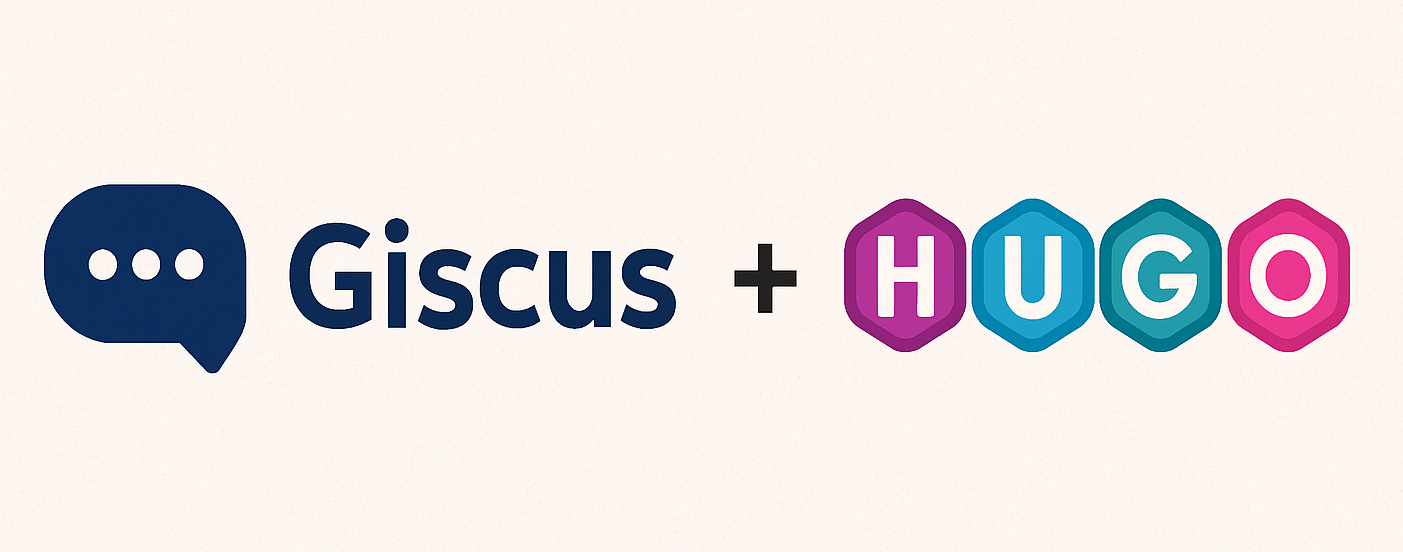
If you’re using Hugo and the PaperMod theme, adding lightweight, privacy-respecting comments via Giscus is a great way to engage readers. This guide walks through exactly how I integrated Giscus into my Hugo blog, including code examples and configuration tips.
✅ Why Giscus?
- GitHub-powered: Stores comments as GitHub Discussions
- Spam-free: Only GitHub users can comment
- Lightweight: No trackers, no ads
- Free: Hosted by GitHub
🔧 Step 1: Enable Discussions on Your GitHub Repo
Go to your GitHub repo (e.g., yourusername/blog-comments) and:
- Go to Settings → Features
- Check ✅ “Discussions”
🔧 Step 2: Configure Giscus on giscus.app
Fill out the config form:
- Repository:
yourusername/yourrepo - Category: Create one like “General”
- Mapping:
pathname - Theme:
light,dark, orpreferred_color_scheme
Copy the generated HTML <script>.
Example:
<script src="https://giscus.app/client.js"
data-repo="yourusername/yourrepo"
data-repo-id="REPO_ID"
data-category="General"
data-category-id="CATEGORY_ID"
data-mapping="pathname"
data-theme="preferred_color_scheme"
crossorigin="anonymous"
async>
</script>
🔧 Step 3: Add Giscus to Your Hugo Template
Instead of editing the theme directly, create an override in your project:
mkdir -p layouts/partials
Create a file layouts/partials/comments.html with your Giscus embed code.
Then, open (or override):
layouts/_default/single.html
And insert this before {{ end }}:
{{ partial "comments.html" . }}
🧪 Step 4: Test in Local Dev
Run your server:
hugo server --bind=0.0.0.0 --baseURL=http://localhost:1313
Visit a post and scroll to the bottom. You should see Giscus loading.
🌐 Live Example
Check out Giscus working on my Hello World post.
📌 Notes
- Giscus requires users to be signed into GitHub to comment.
- You can switch the
data-themedynamically for dark/light mode support. - If it doesn’t load: double-check your repo ID, category ID, and baseURL.
I hope this guide helps you set up a clean, modern comment system for your Hugo blog! 🚀
See you in the next post ✌️
-Chrispy
Comments